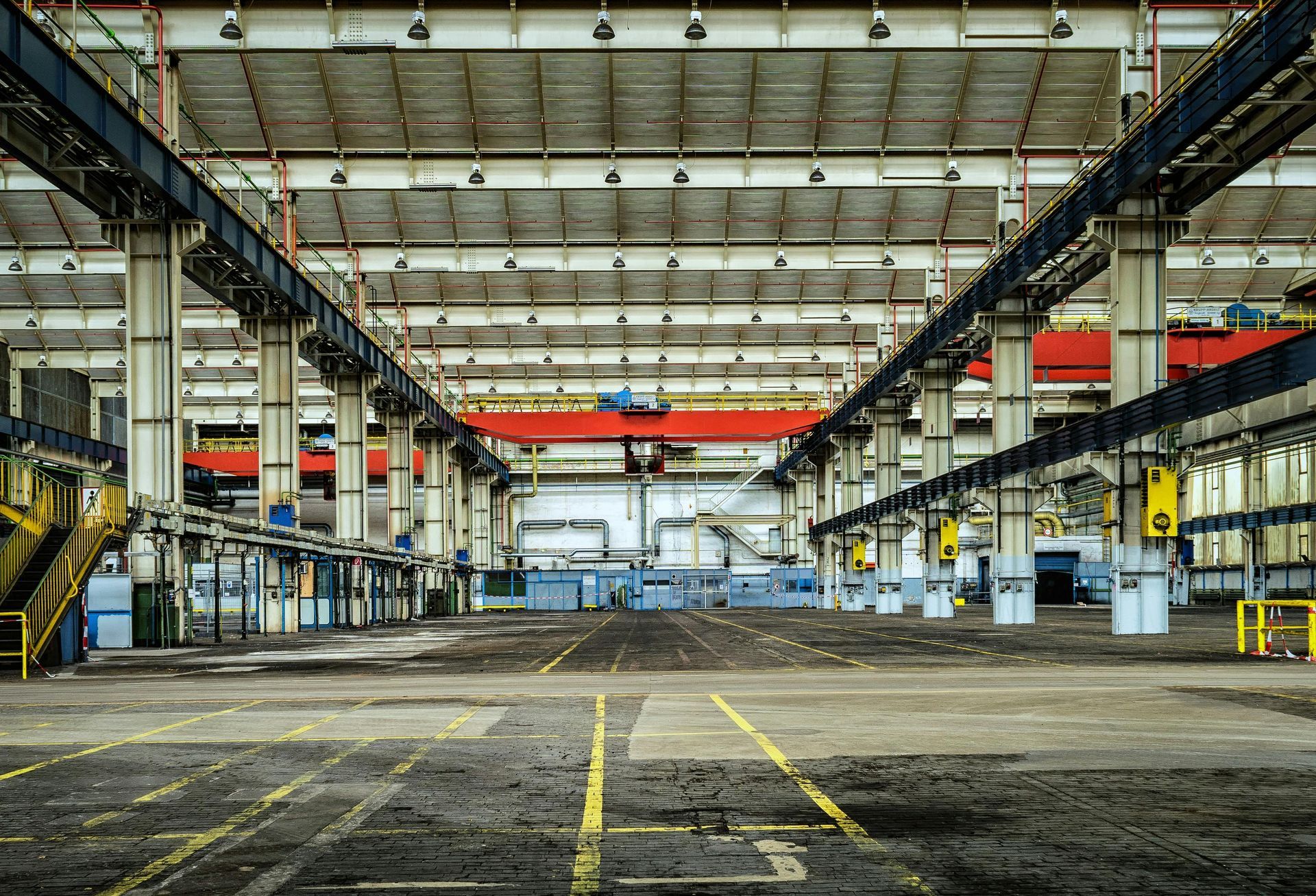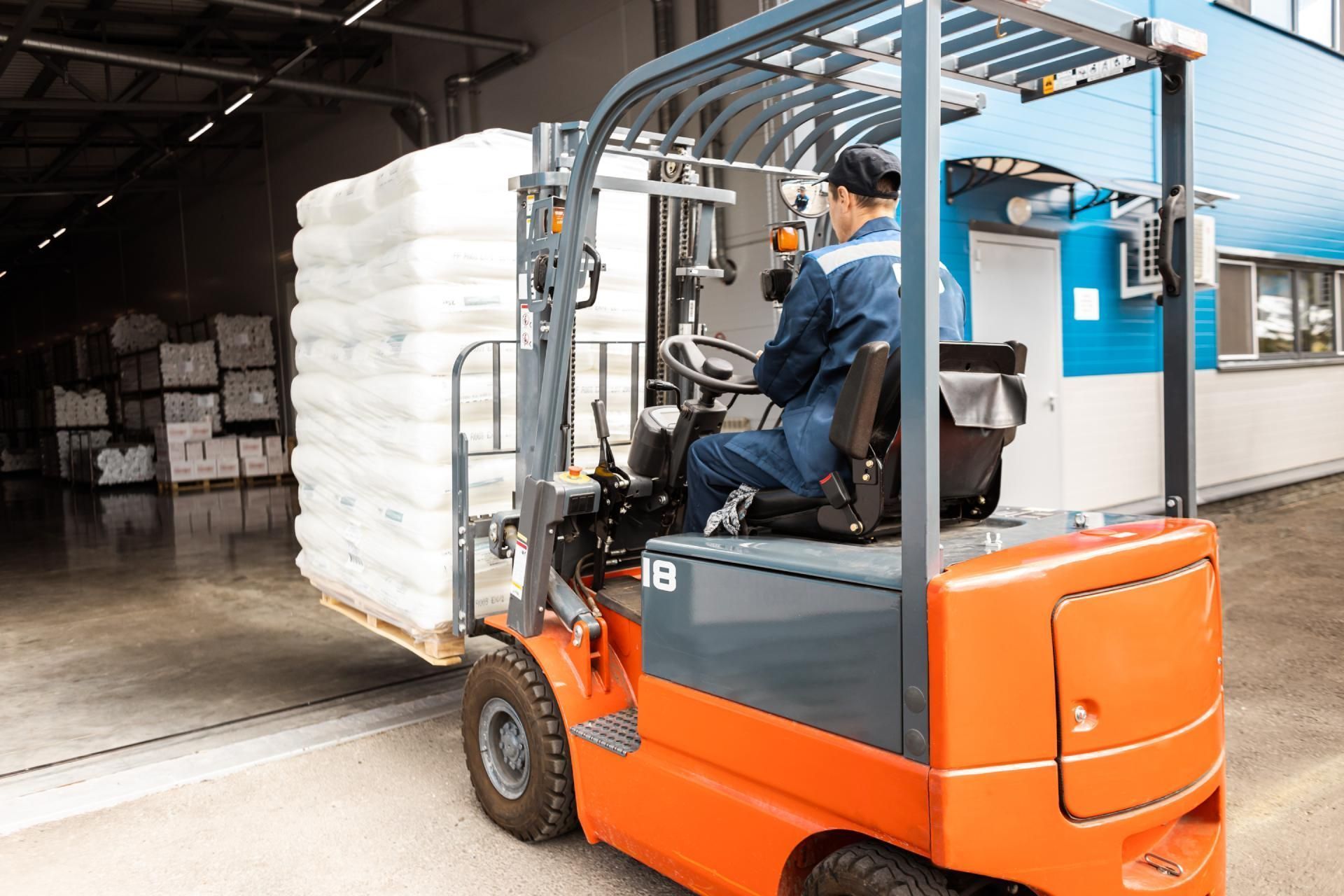Five Basic Pieces of Equipment You Need in Your New Warehouse
Equipment You Need in Your New Warehouse
Equipment You Need in Your New Warehouse. The warehouse might be established, but you’ll need a few pieces of equipment to get it running. Every day, warehouse workers are exposed to hazards. Every day, high-weight material needs to be transported. Warehouse machinery, while used to reduce human resource strain, is a strong cost reduction tool. If you have a capable industrial equipment supply, you can optimize your entire warehouse.
Get your warehouse started with these five basic pieces of equipment, and get your facility ready for operations.
One: A Floor Sweeper
Regardless of your industry, you’ll need to keep the place clean. Your technicians and everyday staff can use a floor sweeper, which is paramount to keeping your bought or leased area safe and clean. A floor sweeper excels in wide, open areas—such as a warehouse. Its front edging brush pushes any debris into a center location. Then, a large bristle cylindrical broom sweeps the material into a large, multi-gallon hopper. It’s the perfect tool for cleaning metal scraps and other unwieldy material.
Two: A Forklift
Forklifts are warehouse cornerstones. Used for material handling, a forklift is a high-powered industrial truck which can transport heavy boxes, material and equipment from one area to another. Today, forklifts are indispensable pieces of warehouse equipment. If you’re running a manufacturing warehouse, you won’t get far without the help of a high-powered forklift. It’ll be the most valuable tool in your industrial equipment supply.
Three: HVLS Fans
HVLS fans are large ceiling fans. Unlike other ceiling fans, however, they move a high volume of air at low speeds—hence HVLS . The air movement is gentle, rather than disruptive, and effectively distributes airflow across a large warehouse area. If you need ventilation, and if outside air sources aren’t accessible, consider installing HVLS fans. Sometimes, a single fan is all it takes.
Four: Racking
Chances are, your warehouse space is being used for storage. Warehouse racking stores inventory parts, products and tools. Fortunately, modern racking is streamlined for space conservation. If you need vertical storage options, consider installing a few racking lines. You can take advantage of the extra air space atop each rack, too, using it for multi-part collections, boxes and storage crates.
Five: Personal Safety Gear
Your workers deserve gear, too. Personal safety equipment includes face shields, helmets, ear protection, eyewear, vests, gloves and kneepads. You have a lot of options available, and your industrial workplace can be outfitted with gear stations to ensure the safety of your employees. Make sure your workers are properly trained in day-to-day operations, and secure their safety by giving them adequate protection.
Your warehouse experiences constant action. Don’t settle for less-than-optimum tools. Take advantage of today’s leading warehouse equipment options, and take charge with a high-powered industrial equipment supply. To get your warehouse started, you’ll need an extra hand. Sometimes, the extra hand happens to be mechanical. Whether you’re using a forklift, a floor sweeper or a series of shelves and racks, your decision to use warehouse gear is a valuable one.
The post Five Basic Pieces of Equipment You Need in Your New Warehouse appeared first on Benco Industrial Equipment.




